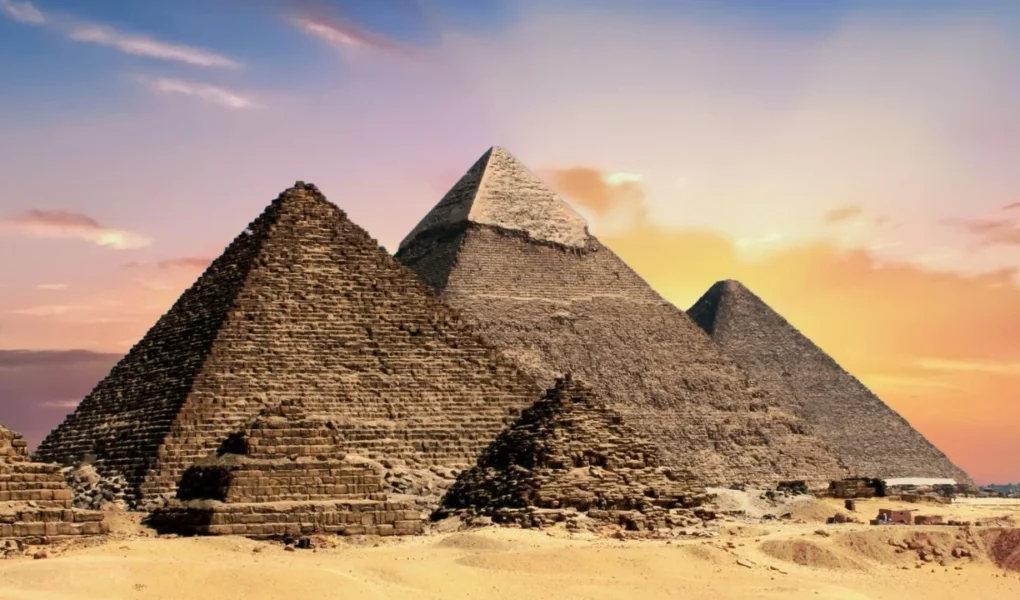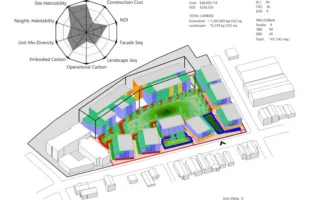Introduction:
The civilization of ancient Egypt, with its awe-inspiring monuments and intricate artworks, continues to captivate the world with its cultural richness and sophistication. At the heart of this magnificent heritage were the pharaohs, divine rulers who wielded immense power and influence. This essay aims to delve into the profound ways in which the pharaohs employed art and architecture as tools of expression, religious devotion, and cultural identity, shaping the legacy of ancient Egypt for millennia to come.
1: Art as a Manifestation of Divine Authority:
Art in ancient Egypt served as a potent medium through which the pharaohs asserted their divine authority and legitimacy. Colossal statues, elaborate reliefs, and vibrant paintings depicted the pharaohs as god-kings, adorned with symbols of royalty and divine insignia. These artworks, prominently displayed in temples and public spaces, conveyed the pharaoh’s status as a divine ruler chosen by the gods. Through art, the pharaohs projected an image of power and majesty, inspiring awe and reverence among their subjects.
2: Architecture as Symbols of Power and Prestige:
Architecture played a central role in the assertion of pharaonic power and prestige. The pharaohs commissioned monumental building projects, including temples, palaces, and tombs, which served as physical embodiments of their authority and wealth. The most iconic of these structures are the pyramids, colossal tombs built to house the remains of the pharaohs and ensure their eternal legacy. These architectural marvels, with their imposing presence and meticulous construction, stood as enduring symbols of the pharaoh’s dominion over the land and its people.
3: Temples as Sacred Sanctuaries:
Religion was a fundamental aspect of ancient Egyptian society, and temples played a central role in religious worship and ritual. The pharaohs commissioned the construction of elaborate temple complexes dedicated to the veneration of gods and goddesses. These temples, adorned with intricate carvings, paintings, and statues, served as sacred sanctuaries where priests conducted ceremonies to honor the divine and ensure the prosperity of the kingdom. Through their patronage of temples, the pharaohs sought to demonstrate their piety and devotion to the gods, securing divine favor for themselves and their realm.
4: Funerary Art and the Quest for Immortality:
Funerary art and architecture were integral to ancient Egyptian beliefs about the afterlife. The pharaohs commissioned elaborate tombs and mortuary temples to ensure their eternal existence in the afterlife. The most renowned of these monuments are the pyramids, monumental structures built to house the pharaohs’ remains and treasures. Inside these tombs, intricate paintings and hieroglyphic inscriptions depicted scenes from the pharaoh’s life and journey to the afterlife, serving as guides and guardians for their eternal voyage. Through funerary art and architecture, the pharaohs sought to secure their place in the afterlife and perpetuate their legacy for eternity.
5: Legacy and Cultural Continuity:
Despite the passage of millennia, the art and architecture of ancient Egypt continue to fascinate and inspire awe. Through meticulous preservation efforts and archaeological discoveries, we continue to unravel the mysteries of ancient Egyptian civilization and gain insights into the lives and achievements of its rulers. The preservation of monumental structures such as the pyramids, temples, and tombs ensures that the legacy of the pharaohs endures, serving as a testament to the enduring power and majesty of ancient Egypt.
Conclusion:
The art and architecture of ancient Egypt stand as enduring symbols of the pharaohs’ authority, religious beliefs, and cultural identity. Through their patronage of art and architecture, the pharaohs left behind a legacy of monumental achievements that continue to resonate with humanity. As we marvel at the splendor of ancient Egyptian art and architecture, we are reminded of the enduring legacy of its rulers and the timeless beauty of their artistic and architectural creations.




